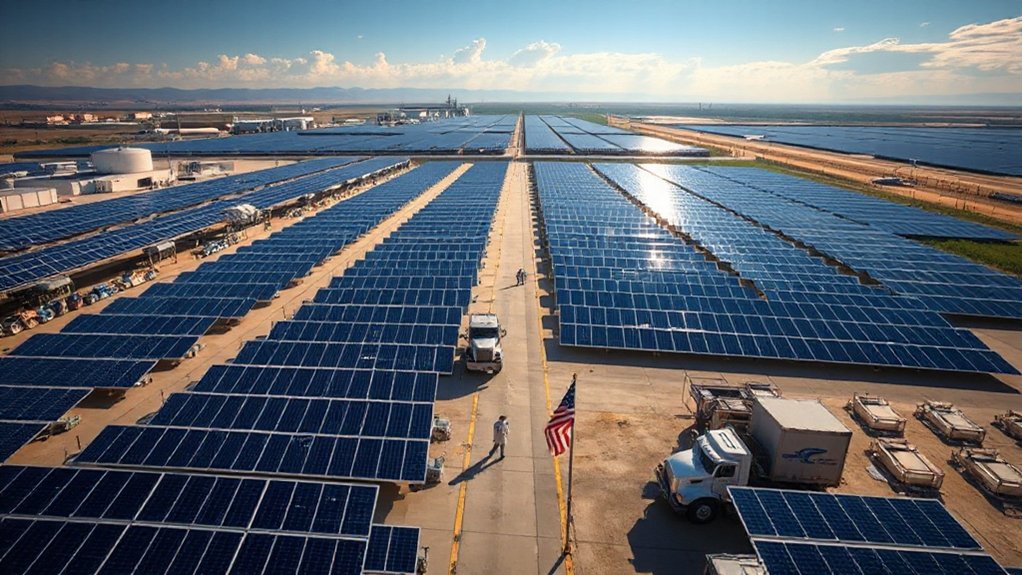Connecting solar panels to the grid isn’t a walk in the park. The process requires extensive paperwork, multiple approvals, and specific equipment like grid-tied inverters and bi-directional meters. Local utilities must review applications, conduct studies, and grant permission – a process averaging 62 days for small commercial projects. Net metering policies vary by location, affecting potential savings. Technical standards and regulations create a maze of requirements that would make any bureaucrat proud. The full story gets even more interesting.

The path to grid-tied solar isn’t exactly a walk in the park. First, you’ve got to sweet-talk your local utility into letting you connect. They’ll review your application, run some studies, and eventually – if the stars align – grant their precious approval. The paperwork alone could make a bureaucrat blush.
Navigating grid-tied solar feels like asking permission to save the planet, one bureaucratic form at a time.
Getting the right equipment is essential, and there’s quite the shopping list. A grid-tied inverter turns your solar DC power into grid-friendly AC. Then there’s the bi-directional meter, which keeps track of energy flowing both ways – kind of like a nosy neighbor watching your comings and goings. Don’t forget the disconnect switch, because safety first, obviously. Your system requires a PV service disconnect box before connecting to the electrical panel.
Net metering is the golden ticket that makes this whole dance worthwhile. Send your excess power to the grid, and you’ll get credits on future bills. But hold your horses – these policies are about as consistent as weather forecasts, varying wildly by state and utility. Some utilities are generous; others, not so much. Modern flow batteries can help optimize your energy storage and grid connection strategy.
The technical standards are enough to make your head spin. IEEE 1547, UL 1741, NEC Article 690 – it’s an alphabet soup of regulations that keeps engineers up at night. And just when everyone’s gotten comfortable with the rules, they change them. Progress, right? The average small commercial project takes about 62 days for interconnection approval.
Grid impact isn’t just a fancy term – it’s serious business. Voltage regulation, power quality, and fault protection all need careful consideration. Nobody wants their solar setup causing the neighborhood’s lights to flicker like a bad horror movie.
The permitting process feels like a never-ending obstacle course. Local building permits, electrical permits, utility inspections – and sometimes even the fire department wants to get in on the action. It’s like getting multiple stamps of approval from different departments of the Department of Redundancy Department.
The future looks brighter, though. Smart inverters, energy storage systems, and virtual power plant capabilities are changing the game. Soon, solar connections will be smarter than some of the bureaucrats approving them. Now that’s progress.









